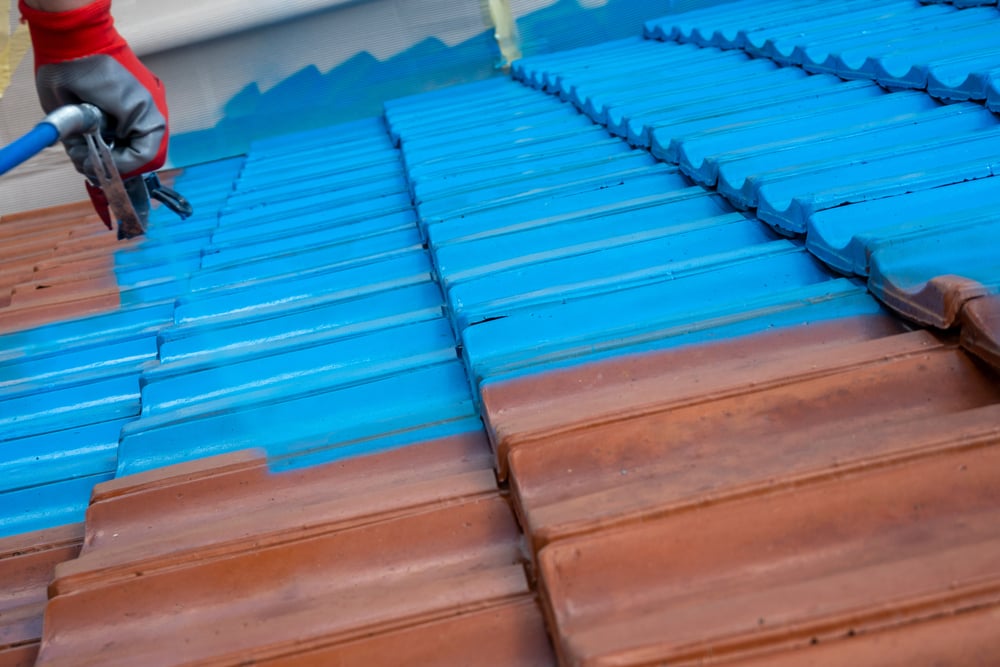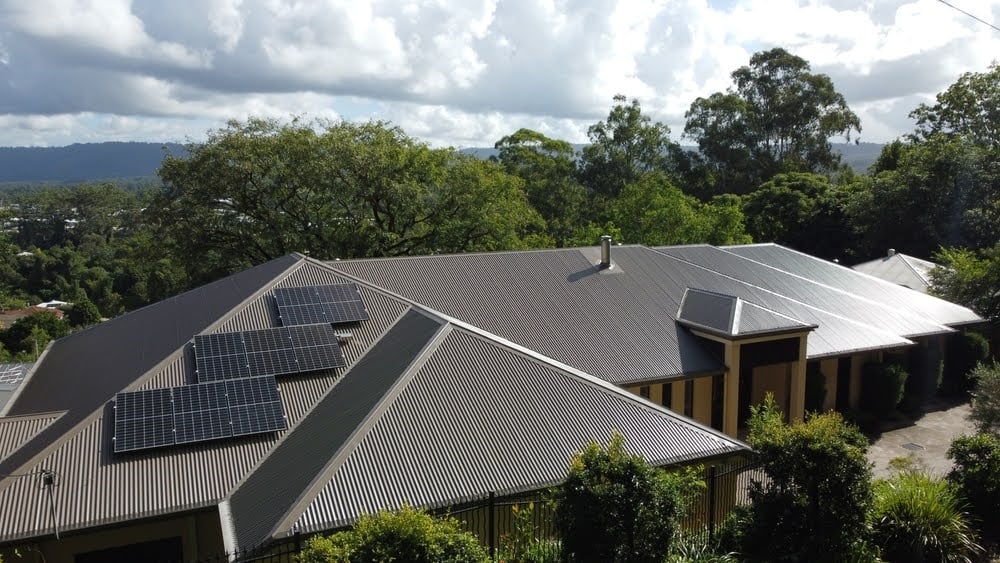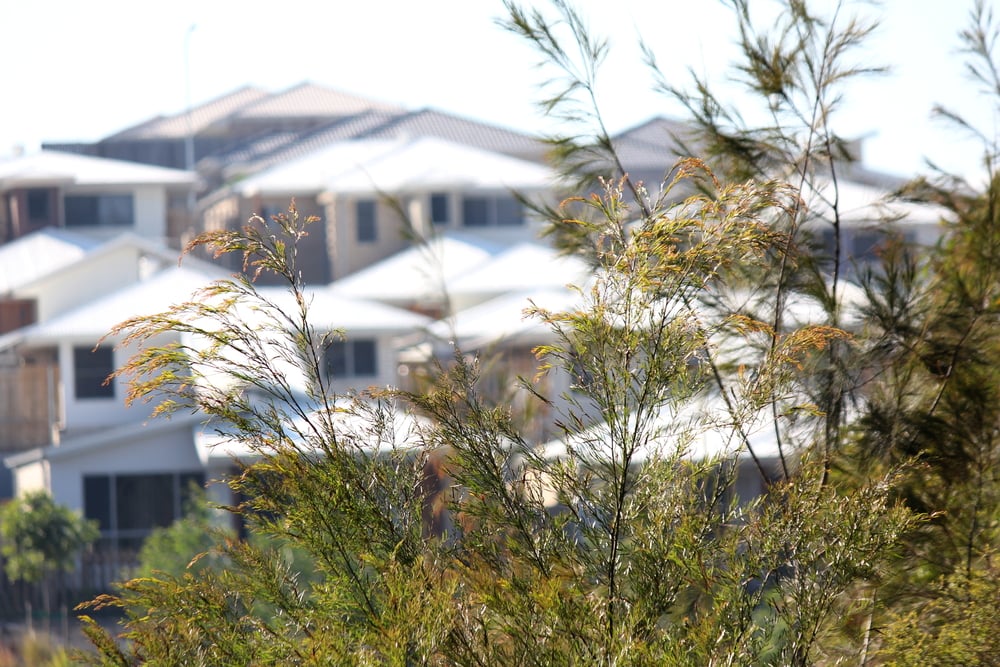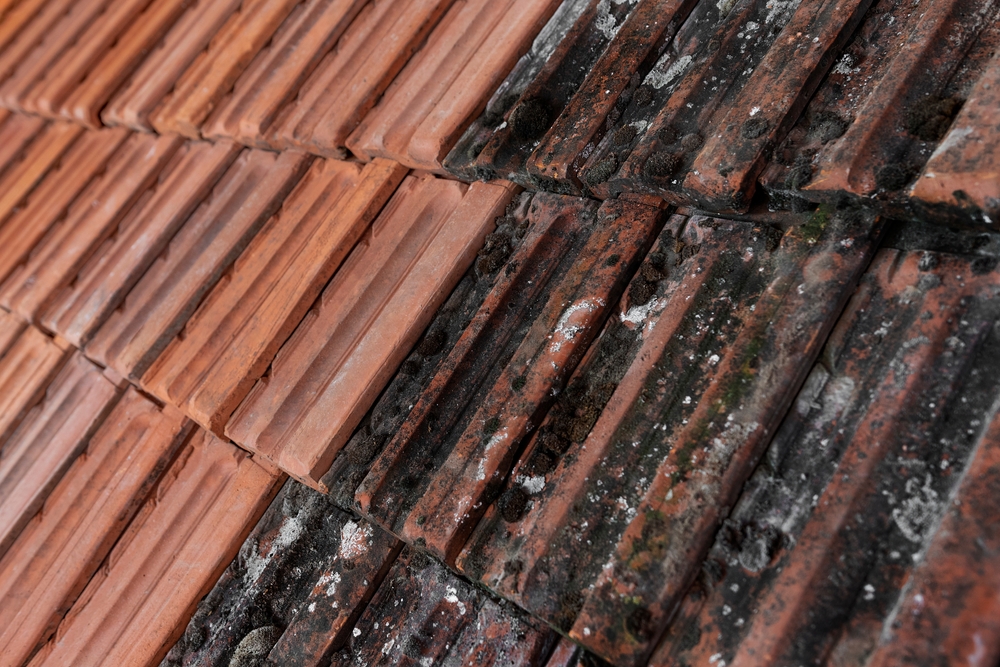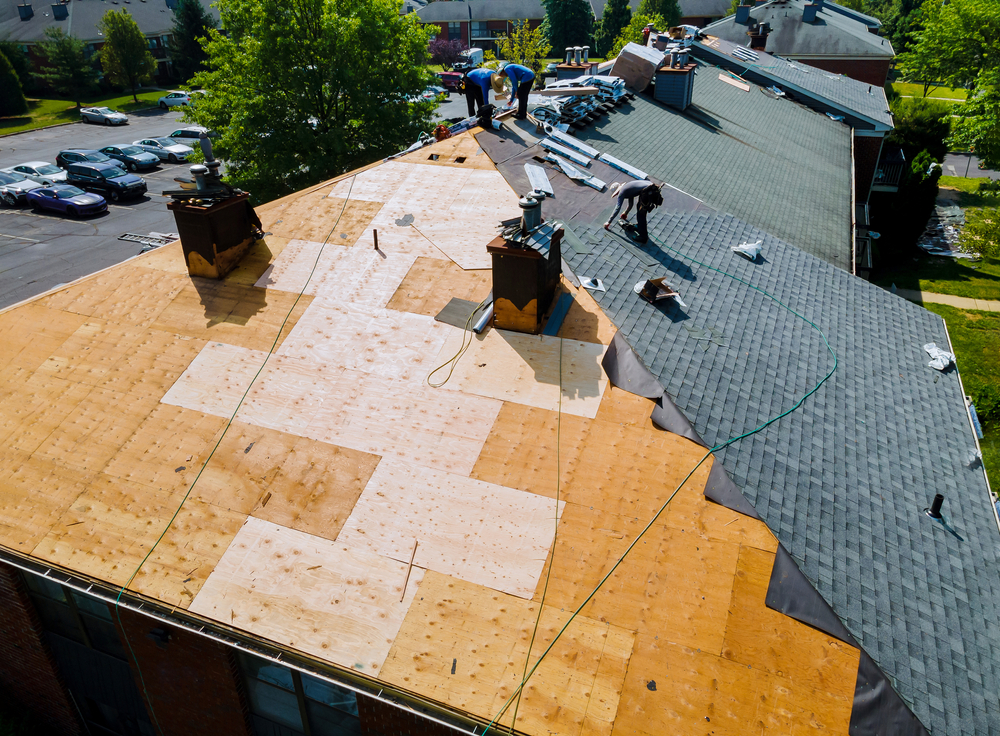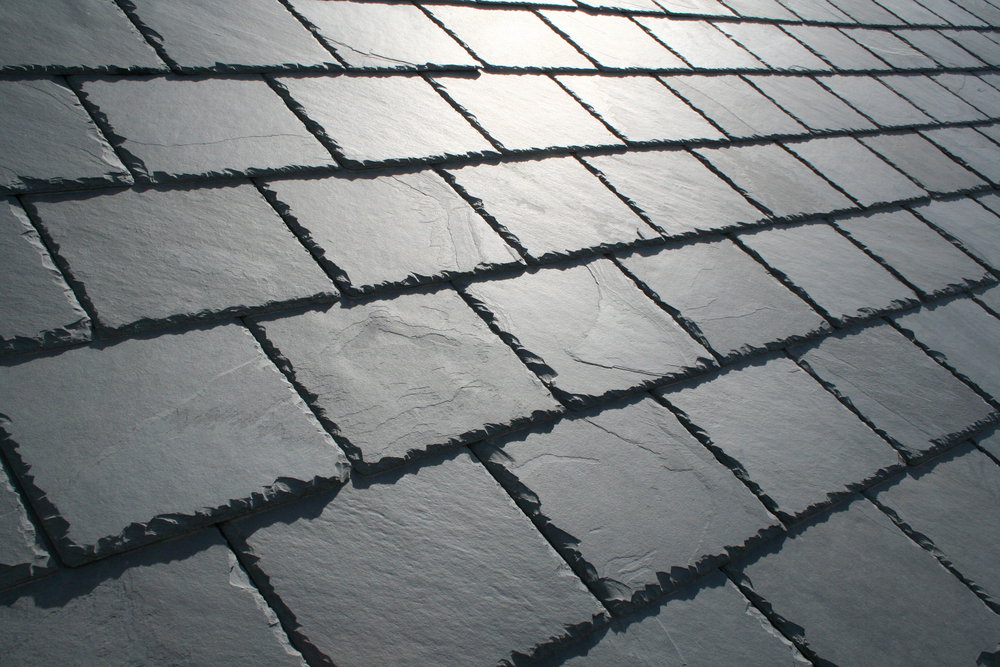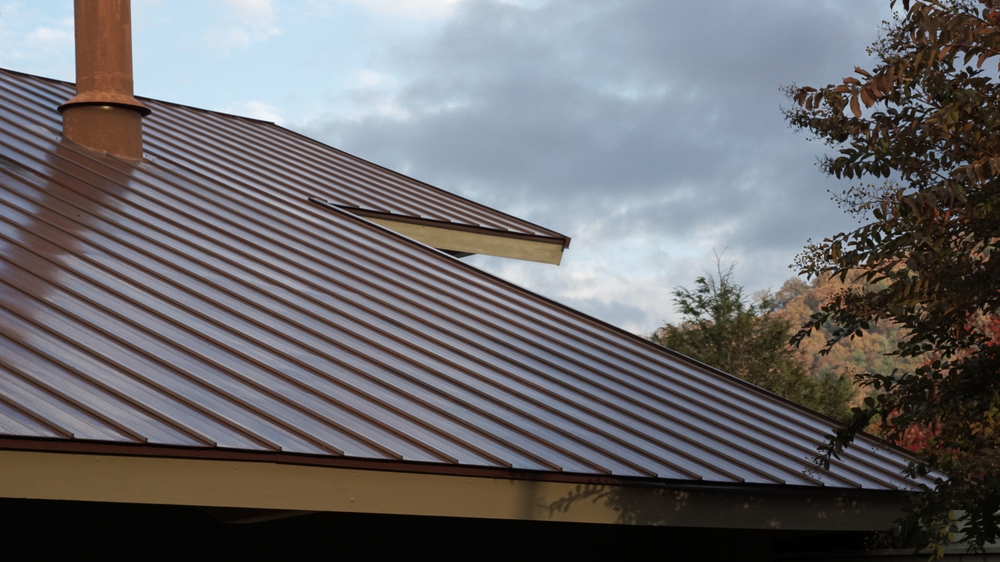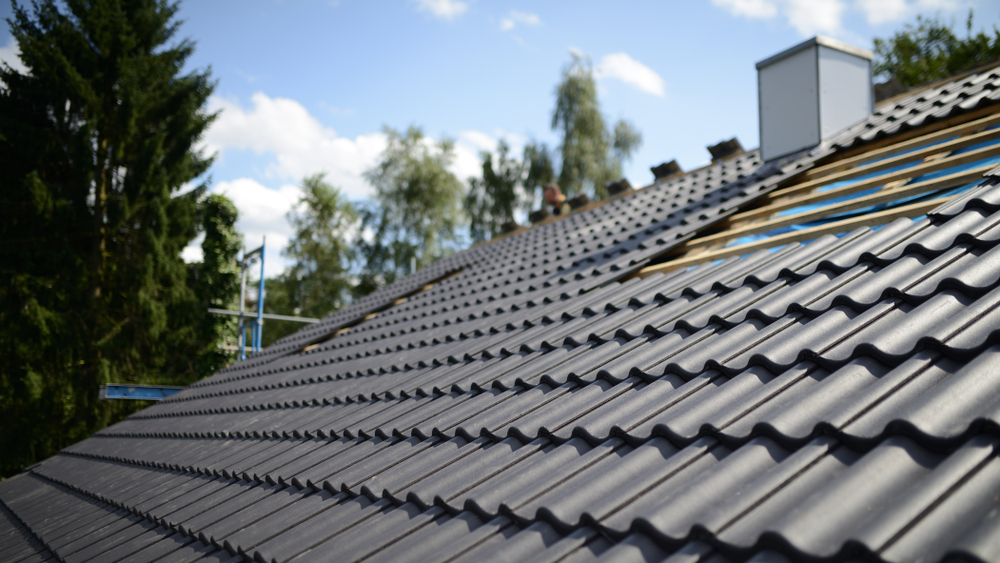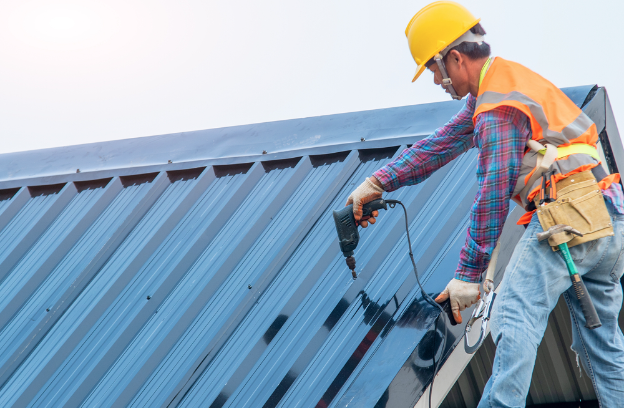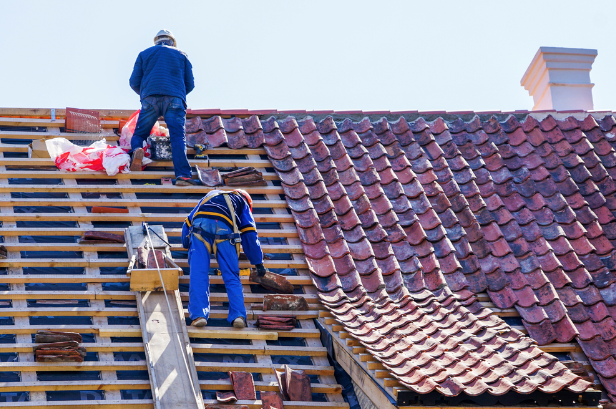
Jan
4 health risks associated with exposure to asbestos
Asbestos was once commonly used as building material before the dangers to health were widely known. The material is made of naturally occurring fibrous silicate minerals made up of tiny fibres. It is strong and heat resistant, which is why it was widely used in a variety of different products such as roofing, cement sheets and pipes, and many others.
Since December 2003, asbestos and all products containing it have been banned – they can’t be imported, stored, supplied, sold, installed, used or reused. The ban, however, doesn’t extend to asbestos-containing products in existing installations such as asbestos roofing or sheeting. Australian homes built before 1990 may contain asbestos. In this post, we look at some of the most common health risks that can come from being exposed to asbestos.
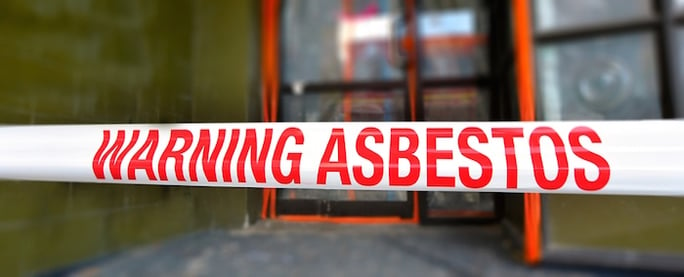
Airborne particles
Exposure to airborne asbestos particles poses the greatest risk to health. The presence of asbestos in home building materials does not generally pose a health risk unless the material is broken, deteriorating or disturbed in such a way that airborne asbestos fibres are produced. There is the potential for this to occur when asbestos-containing material is being broken, or when it is being drilled, sanded or cut with a power tool.
If materials containing asbestos are in your home and are in good condition (i.e. undamaged, undisturbed), the safest option is often to leave them alone. If you feel you must remove it, then we recommend that asbestos only be removed by a licensed professional.
Breathing in Asbestos Fibres can sometimes lead to:
- Asbestosis – accumulated, inhaled asbestos fibres produce scarring of the lung (gradually having a honeycomb appearance). The scar tissue is hard and inflexible – this makes the lungs stiffen and stops them working properly. This can cause breathlessness, tightness in the chest, persistent coughing, and the skin may have a bluish tinge from lack of oxygen.
- Lung Cancer – People exposed to large amounts of asbestos fibres over a long period of time have a significant risk of developing lung cancer. The risk is many times greater in people who also smoke. The most common noticeable symptom is a persistent cough. It usually takes 10 - 20 years for lung cancer to develop after asbestos exposure.
- Pleural Issues – The pleura is the tissue that lines the chest cavity and covers the surface of the lungs. Asbestos may produce thickened patches on the pleura (pleural plaques) or a widespread fibrosis of the pleura and pleural effusions (fluid in the chest cavity).
- Malignant Mesothelioma – This rare cancer affects the pleura, the outer covering of the lungs. It is strongly associated with past exposure to asbestos. The tumour begins in the pleura and spreads to the lung and chest wall. Currently there is no cure available. It can take 30 to 40 years after exposure for asbestos to develop and be diagnosed.










